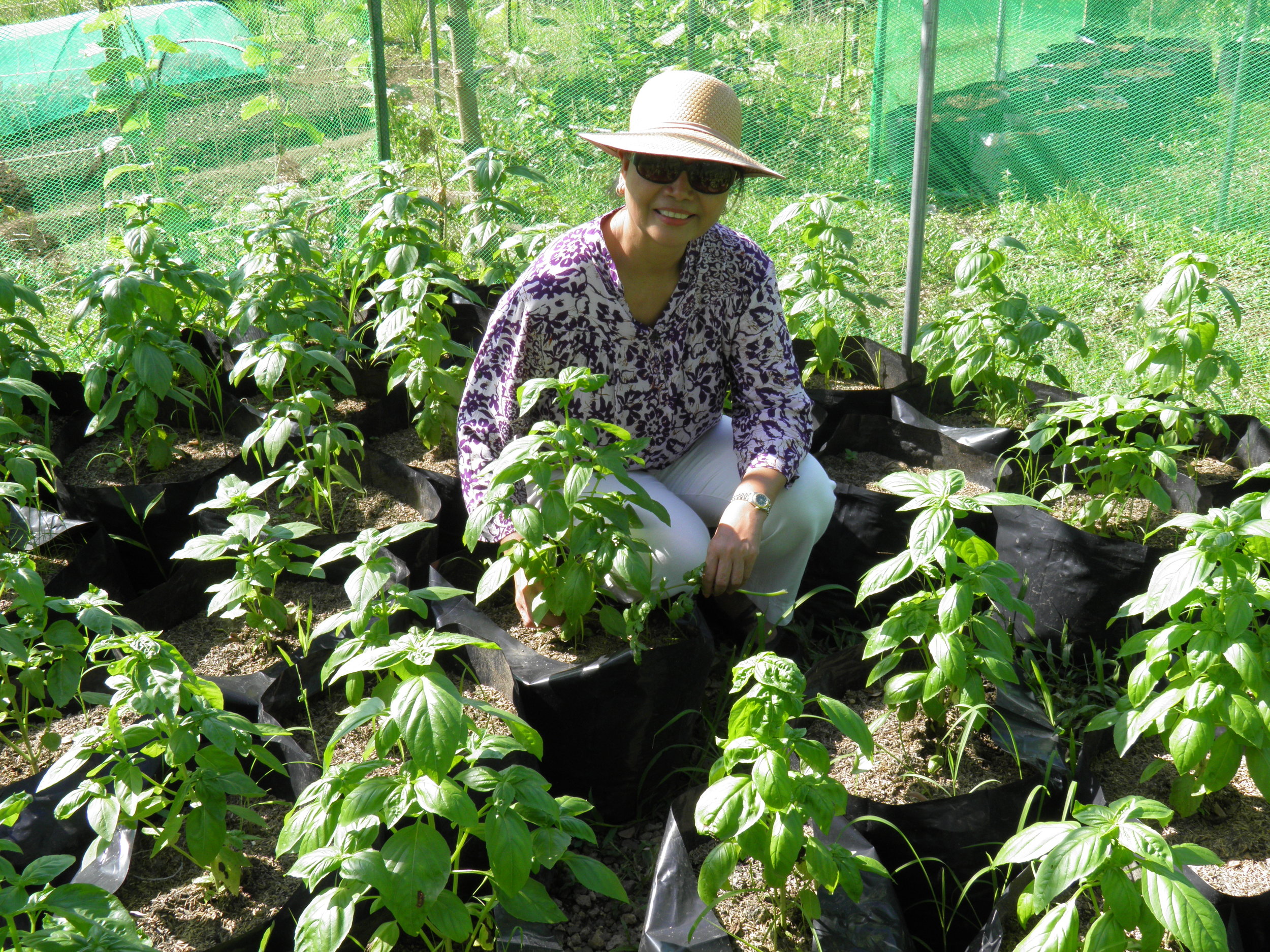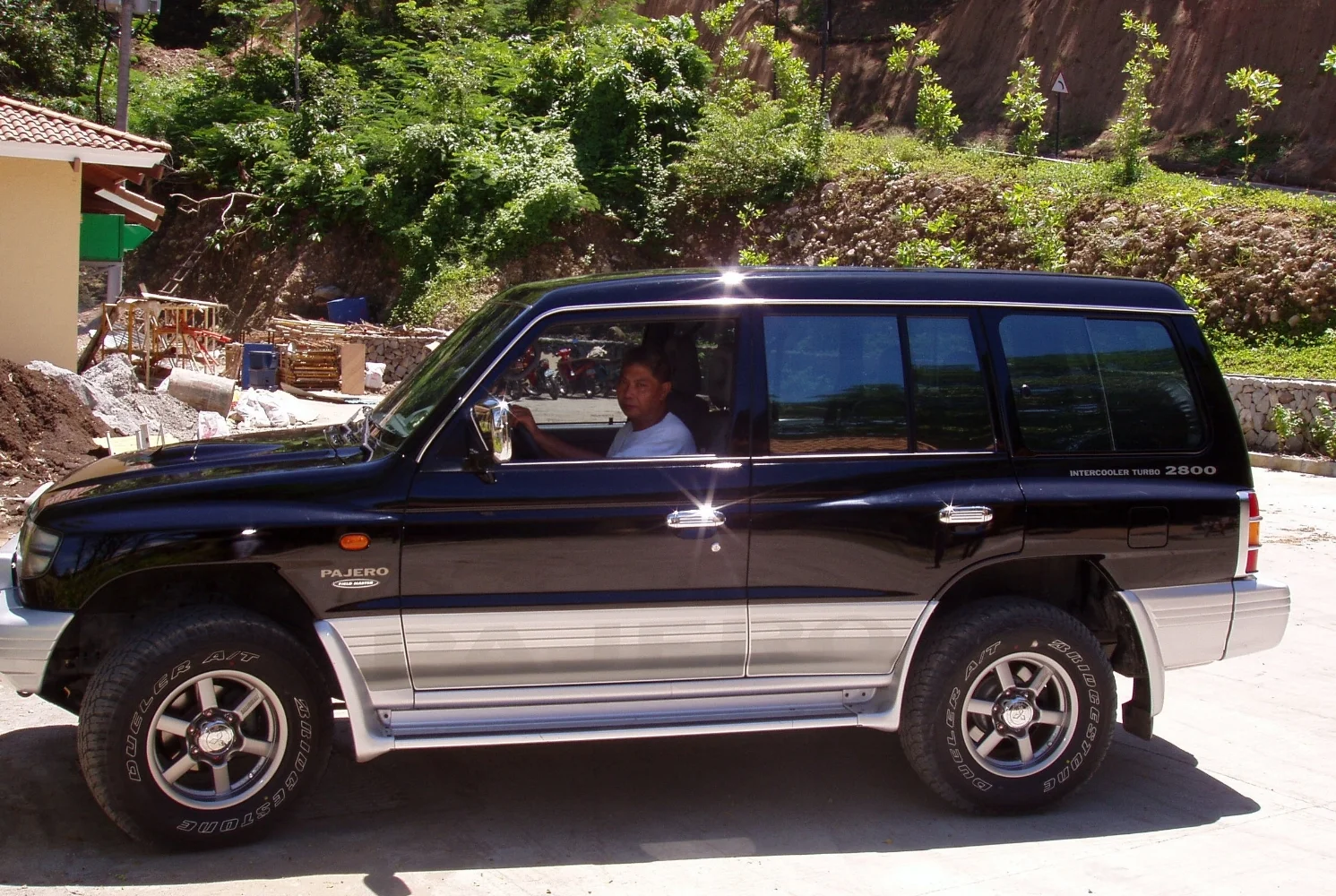Our Organic Farm
On December 22, 2012, my newest venture, Bautista Organic Farms, officially "came out" at the Weekend Market sponsored by Pico de Loro Beach and Country Club in Nasugbu, Batangas, Philippines.
I am a firm believer in the health benefits of eating organically grown food and was strongly motivated by two major issues: health of the individual and the economic gains that can flow to farmers who follow the principles of organic agriculture. To help restore the land. By avoiding the use of chemical fertilizers, pesticides, and herbicides, we can improve the health conditions of our community. When all is said and done, we are what we eat
My decision to start this project in the Philippines and focus on a movement that promises to be a kind of farming revolution was very timely. The enactment of the Philippines Organic Agriculture Act affirmed the rightness of my decision and added strength to my convictions.
This latest venture is an even stronger shift towards social entrepreneurship, placing emphasis on farmers, that part of the population that is "underserved, disadvantaged, and lacks financial means or political clout to achieve a transformative benefit on its own." To provide "value in the form of large-scale, transformational benefit that accrues to a significant segment of society."
Starting this project is in a small way a tribute to my parents. I was born in Nasugbu, Batangas, to parents whose commitment and dedication to their hometown was far-reaching.
Nasugbu is known as the center of the Philippine Riveria, which features many notable coastal developments of which Pico de Loro Resort and Country Club is the latest. The area is also notable for two historical reasons.
One is the discovery of the wreck of the San Diego in 1992. The San Diego sank on Dec. 14, 1600, after a battle between Spanish forces led by Antonio de Morga and Dutch naval forces led by Olivier van Noort off the waters of Nasugbu Bay. French marine explorers led by Franck Goddio first excavated the sunken merchant galleon with its treasure trove in 1992. The ship's discovery was recognized worldwide as one of the greatest archeological finds of the past century. A trading ship hastily converted into a warship, the San Diego's astounding number of artifacts (over 34,000) is a veritable showcase of the known world at the time: Chinese porcelain, Celadonware, Japanese katanas, Spanish casques, Portuguese cannon and Mexican coin.
The area's second historical claim is as the landing site for the Allied forces on the island of Luzon, and the precursor to the Battle for Manila. On Jan. 31, 1945, the Nasugbu Beach became the site of a historic landing. This amphibious landing of troops and tons of military equipment and supplies was ordered by Gen. Douglas MacArthur to "establish a line of advance on Manila from the southwest." Lt. Gen. Robert Eichelberger, commanding general of the US Eighth Army, personally led the landing of 8,000 men of the 11th Airborne div. commanded by Major Gen. Joseph Swing. The landing began at 5 a.m. that day with the boom of a naval gun. The cannonade continued as almost a hundred ships, big and small, dotted the waters of the bay. By afternoon, Nasugbu was completely liberated. The 11th Airborne Division, aided by guerilla units (ROTC Hunters, Blue Eagle, Fil-American, LICOPA, and CAGALAC guerillas), raced on the national road to Tagaytay Ridge almost unopposed, as the remnants of the Japanese forces in the area hastily retreated. Together with the Sixth Army and Eighth Army forces that had earlier landed in Lingayen and in Zambales, respectively, and with the invaluable help of the Filipino guerillas, the 11th Airborne div. launched a double-pincer drive that liberated Manila and its suburbs in Feb. 1945.
Although Nasugbu's economy is heavily weighted in favor of tourism, agriculture remains its traditional backbone. It is the home of Central Azucarera Don Pedro Inc., the largest sugar milling operation in the Philippines. Farming is still, by far, the most common form of employment (about 40% of the country's workforce are farmers), however, contributing only 12% of GDP. Despite the increasingly high use of chemical fertilizers, the Philippines is still far behind in productivity or food security of crops such as rice and maize, of which the Philippines is a net importer. High use of chemical fertilizers does not mean high yields in harvest; our food production has grown less than the growth of the population, what we grow is not enough to feed our people.
Organic farming enhances soil structures, conserves water, mitigates climate change, ensures sustained biodiversity, and reduces external inputs by naturally controlling pests and diseases, increasing both yields and disease resistance. It restores environmental balance.
In the Philippines, there is a pervasive belief that using organic farming methods will cost more and that harvest will be less. The opposite is true. Done correctly, organic farming can mean low cost and high yield. There are so many false assumptions out there, a product of at least 40 years of misinformation. We have had to start a massive education campaign and meet with farmers and other food producers face to face to get the message across. While most of the farmers agree with the principles of organic agriculture, they are reluctant to switch unless they have a guarantee of results. In less than two years, we have started manufacturing our own organic fertilizers and foliars, and have developed model farms in several places to educate farmers and show them that organic farming can be a profitable venture. We have a very big job to do, and we are really enjoying the challenge.
My brother Oscar, my partner Craig Clayton, and nephew, Dr. Ned Bergado, joined me in this venture.





